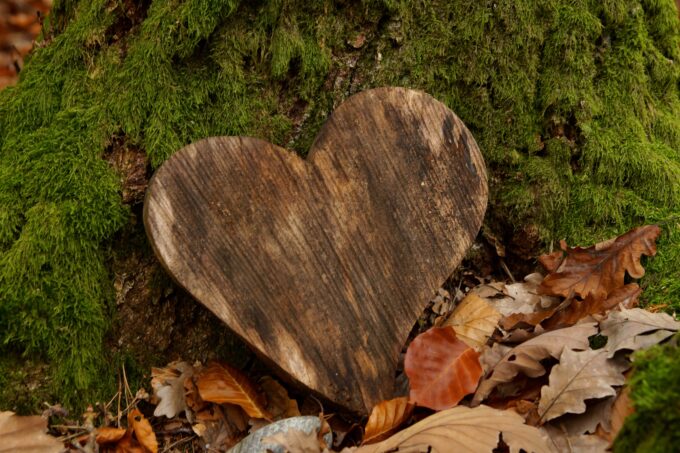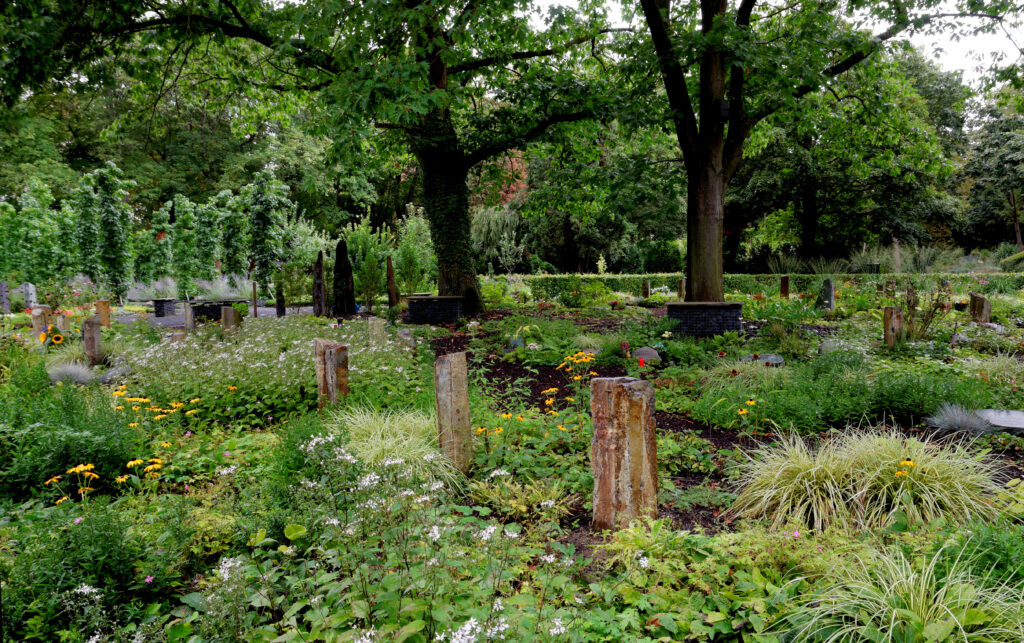What to Know About Natural Burials

There is a growing demand for sustainability, and it’s not just limited to reducing energy consumption at home or opting to ride a bike instead of driving. These days, many people are also choosing more eco-friendly end-of-life options, like natural burials, where bodies are buried in biodegradable shrouds or caskets without embalming chemicals.
How Natural Burials Works: An Eco-Friendly Process
- The body isn’t embalmed or preserved with chemicals. Instead, it’s kept in a refrigeration unit designed for that purpose.
- A biodegradable casket, shroud, or container made of natural materials (like bamboo) is chosen to lay the body in. If a shroud, the body is wrapped without a container.
- A shallow grave is dug at the location selected. The shallow depth encourages greater oxygen flow and natural processes to take place more quickly.
- The body is laid to rest without a cement sarcophagus, encouraging the body to return to the environment naturally.
Advantages
- Conserves natural resources and uses less energy due to fewer processes.
- Ensures greater biodiversity and habitats due to natural decomposition.
- Smaller carbon footprint due to the elimination of toxic chemicals and non-biodegradable materials.
- Less expensive than traditional burials.
Disadvantages
- Not all cemeteries allow eco-friendly burials.
- Burials need to happen more quickly following passing.
- Some burial sites don’t use traditional markers, like tombstones.
- Transporting bodies without embalming can be difficult.
- Not all jurisdictions, local and state, allow for natural burials, and some may have conflicting rules.
Types of Natural Burials

- Standard Natural Burial: Biodegradable caskets or shrouds are used before laying the body to rest.
- Alkaline Hydrolysis (Water Cremation): A more eco-friendly and energy-efficient cremation method that involves placing the body in a vessel with a water-and-potassium-hydroxide mix until the body naturally breaks down.
- Natural Organic Reduction (NOR): This process, sometimes called Terramation™ or human composting, allows the body to change into nutrient-rich soil-like compost. These remains can be returned to the family or contributed to a memorial land restoration project your loved one chose.
A Cost-Efficient Option
Traditional burials are more expensive than many people realize, mainly due to this avenue being the most common option. Natural burials are a more cost-effective alternative because:
- Natural burials don’t require embalming fluids, which can cost between $500 to $700.
- Green burials opt for natural caskets or a shroud instead of expensive metal or treated wooden ones.
- Burial vaults, or sarcophagi where the coffin is laid, aren’t needed.
- Natural burials take place not long after a loved one passes, which can translate into more simple services.
Finding a Green Cemetery in Michigan
To help families and those making end-of-life decisions learn about natural burials, The Green Burial Council has created a directory to help find places to rest. Currently, there is one registered Green Cemetery in Michigan: The Preserve at All Saints Cemetery Natural Burial Ground.
We Are Here to Help
Wujek-Calcaterra & Sons has helped families in Michigan say goodbye for many generations. It’s a sacred trust that we’re honored to have with you.
Please contact us today to learn more about how to plan a natural burial—we’re available 24/7.You can also download our pre-planning guide.


